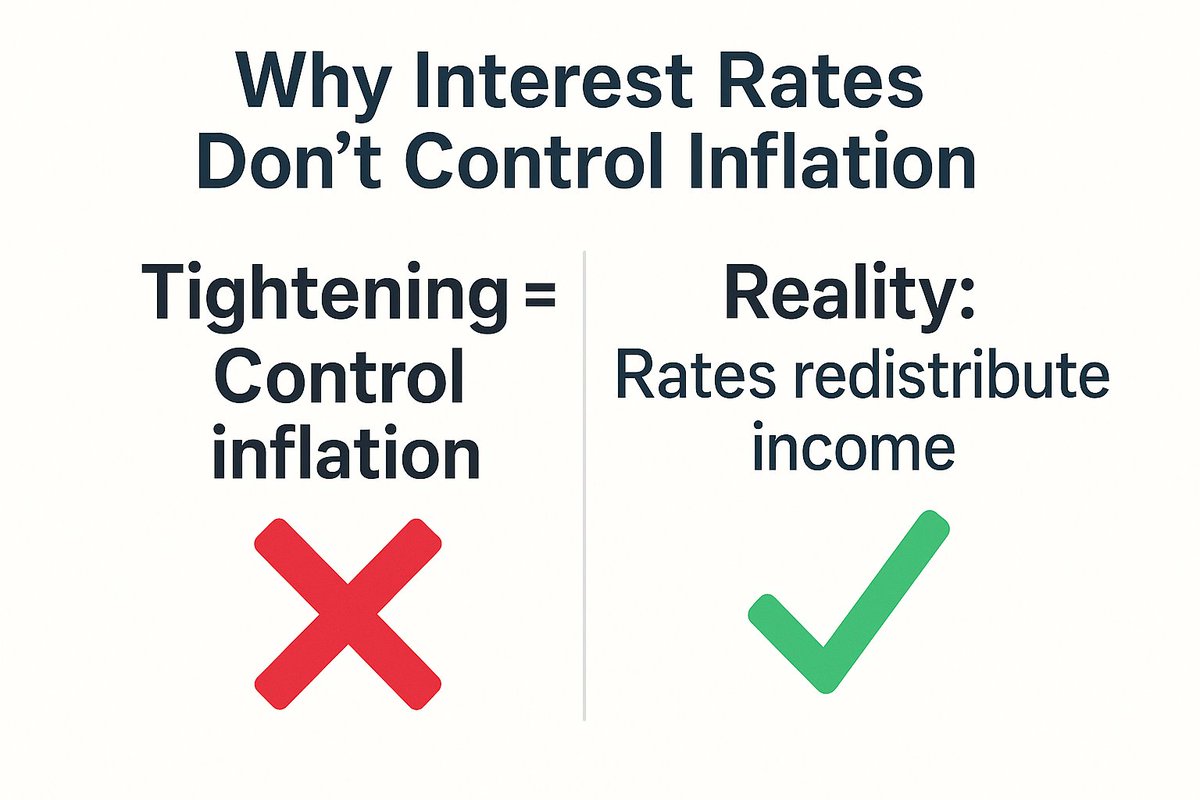Loanable Fund vs Endogenous Money.
A short film stylized in an old fashion silent movie-type format and utilizing the #Minsky #systemdynamics software.
Download Minsky for free: sourceforge.net/projects/minsk… (1/16)
A short film stylized in an old fashion silent movie-type format and utilizing the #Minsky #systemdynamics software.
Download Minsky for free: sourceforge.net/projects/minsk… (1/16)
Let's start with what you learn in the textbooks and hear on the news. It's the loanable fund's fallacy. (2/16)
The aggregate banking sector is broken into 4 accounts.
1. Reserves (Assets)
2. Customer1 Deposits (Liability)
3. Customer2 Deposits (Liability)
4 Bank Equity (Equity)
Note the initial conditions under each account. (3/16)
1. Reserves (Assets)
2. Customer1 Deposits (Liability)
3. Customer2 Deposits (Liability)
4 Bank Equity (Equity)
Note the initial conditions under each account. (3/16)
Notice all rows must balance to zero, as per the rule of double-entry bookkeeping. The loanable fund's fantasy says customer 1 loans to customer 2. (4/16) 

Other than being fundamentally flawed as pointed out in the 2014 Bank of England paper titled: "Money Creation in a Modern Economy". (8/16)
The loanable funds model fails to address aggregate demand in the economy via the money creation process. (9/16)
The loanable funds model fails to address aggregate demand in the economy via the money creation process. (9/16)
Now let's take a look at how bank loans really work using endogenous money theory. First, we have to add a new account called "Issued Loans". (10/16) 

The bank issues a loan, but this time it creates an asset under "Issued Loans". At the same time, the bank simultaneously creates a liability by marking up "Customer 1 Deposits". (11/16) 

Imagine opening your monthly bank statement and seeing all your money is gone because it was loaned out! That's what neoclassical economists would have you believe with their loanable funds model. (14/16)
This school of thought forces us to reduce (or slow the growth) of the money supply during economic slumps. Thus reducing aggregate demand right when that demand is needed. (15/16)
This also creates an environment where too much lending happens in boom times, causing financial bubbles and system instability. (16/16)
• • •
Missing some Tweet in this thread? You can try to
force a refresh
















